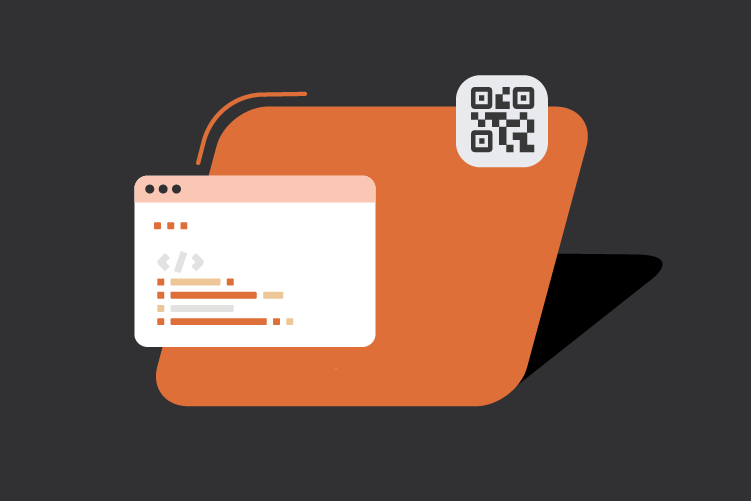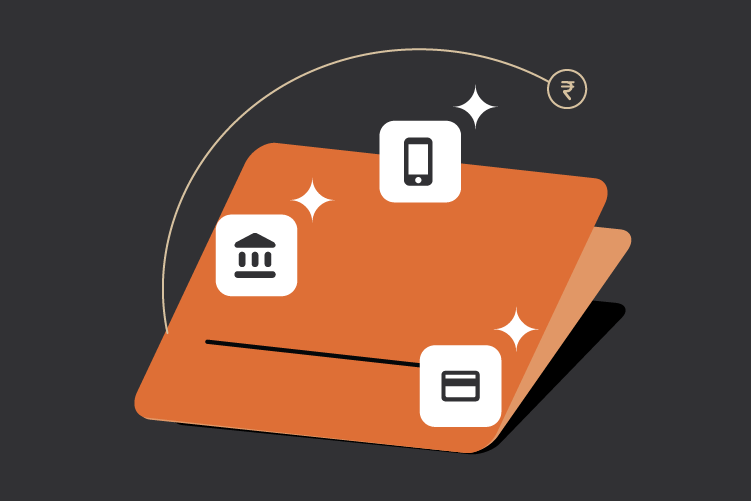Several players work together in digital payments to ensure that transactions are processed smoothly and securely. One of the key participants in this ecosystem is the “issuing bank” or “issuer.” While businesses and customers often focus on payment gateways or acquiring banks, the issuing bank plays an equally crucial role in the transaction process.
What is an Issuing Bank?
An issuing bank is a financial institution that provides payment cards (such as credit cards, debit cards, or prepaid cards) to customers. It is responsible for maintaining the customer’s account, extending credit (in the case of credit cards), or facilitating fund access (for debit cards).
The issuing bank plays a key role in verifying and authorizing transactions, ensuring that the customer has sufficient funds or credit to complete the purchase.
How Does an Issuing Bank Work?
Here’s a step-by-step breakdown of how the issuing bank functions during a payment transaction:
- Customer initiates a payment:
- A customer uses a payment card issued by the bank to make a purchase, either online or offline.
- Transaction data is transmitted:
- The payment gateway collects the transaction data and securely forwards it to the acquiring bank, which then routes it to the card network (Visa, Mastercard, etc.).
- Card network communicates with the Issuer:
- The card network sends the transaction details to the issuing bank for validation.
- Authorization by the Issuing Bank:
- The issuing bank verifies the customer’s account to check for sufficient funds or available credit and validates the transaction.
- It also assesses fraud risks using tools like OTPs (one-time passwords) or advanced analytics.
- Approval or decline:
- The issuing bank sends a response (approved or declined) back through the card network to the acquiring bank and, ultimately, to the merchant.
- Funds transfer:
- If approved, the issuing bank transfers the payment to the acquiring bank via the card network during the settlement process.
Key Responsibilities
The issuing bank’s role is multi-faceted, and its responsibilities include:
- Issuing payment cards:
- The bank provides customers with credit, debit, or prepaid cards that they can use to make purchases online and offline.
- Authorizing transactions:
- The issuing bank must approve every transaction initiated by the customer to ensure the validity and sufficiency of funds.
- Fraud prevention:
- Issuing banks use sophisticated tools to detect and prevent fraudulent activities. These may include multi-factor authentication, real-time monitoring, and machine learning models.
- Customer account management:
- Issuing banks manage customer accounts, provide monthly statements, and handle credit limits or overdraft facilities.
- Dispute resolution:
- If a customer disputes a charge, the issuing bank investigates the claim and resolves the issue in accordance with card network rules.
- Reward programs:
- Many issuing banks offer reward programs like cashback, points, or discounts to incentivize customers to use their cards more frequently.
Why is an Issuing Bank Important?
Issuing banks are vital to the overall functionality of digital payments for several reasons:
- Enabling transactions:
- Without issuing banks, customers wouldn’t have access to payment cards, making digital payments impossible.
- Fraud prevention:
- Issuing banks act as the first line of defense, ensuring that transactions are safe and legitimate.
- Credit accessibility:
- Through credit cards, issuing banks provide customers with access to short-term credit, boosting purchasing power and enabling cashless transactions.
- Customer trust:
- Issuing banks ensure that their customers’ accounts are secure, fostering trust in the payment system.
Issuing Bank vs. Acquiring Bank: Key Differences
Although issuing banks and acquiring banks work together, their roles in the payment ecosystem are distinct:
| Aspect | Issuing Bank | Acquiring Bank |
| Role | Issues payment cards to customers | Processes transactions for merchants |
| Focus | Customer-side of the transaction | Merchant-side of the transaction |
| Entity | Manages customer accounts and card issuance | Settles payments into the merchant’s account |
How to Choose the Right Issuing Bank as a Customer
For customers, choosing the right issuing bank can enhance their payment experience. Here are a few factors to consider:
- Card benefits:
- Look for banks that offer benefits like cashback, reward points, or discounts tailored to your spending habits.
- Fraud protection:
- Ensure the bank provides robust security measures like 3D Secure, OTPs, and card-blocking services.
- Credit limits and fees:
- Before selecting a credit card, compare interest rates, annual fees, and credit limits.
- Customer support:
- Opt for a bank with reliable customer service for dispute resolution and queries.
- Global acceptance:
- For frequent travelers, choose cards with wide international acceptance and low foreign transaction fees.
Issuing banks act as the gatekeepers of secure transactions. Beyond authorizing payments, they safeguard customer accounts, mitigate fraud risks, and provide essential financial services that enhance the trust and efficiency of digital payments. As digital payments become more prevalent, the role of issuing banks in enabling smooth, secure, and customer-friendly payment experiences remains indispensable.
Interested in our APIs? Let’s talk!
Tell us your automation goals, and we’ll set you up with a free, personalized demo from our API expert.
Click Here


0 Comments